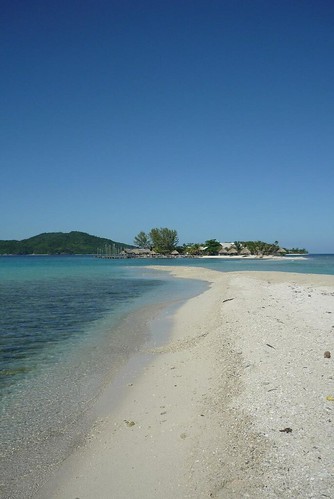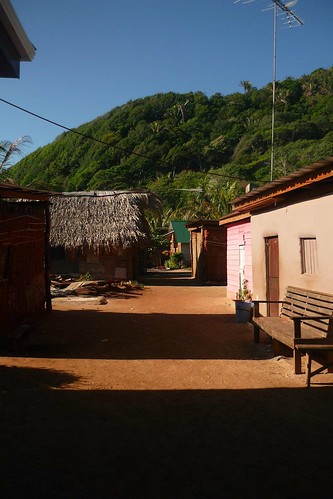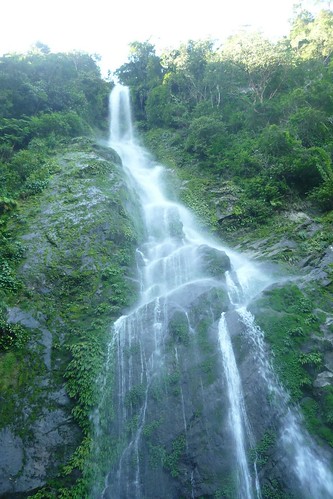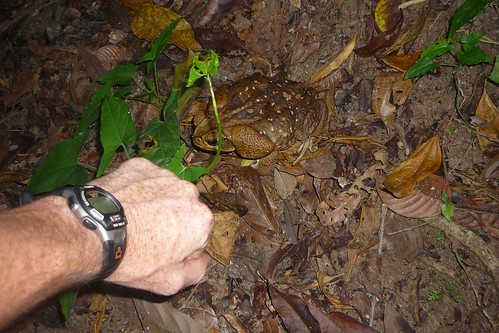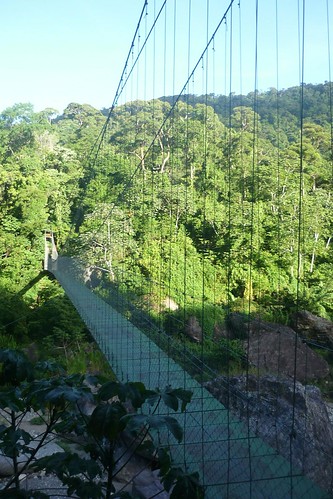Physioing the last few days were great. Saw a lot of patients in pre-op/post-op orthopaedics again. Spent a lot of time on gait training and pre-op instructions for exercises. Some of these patients receive conservative care (leg in traction) or have external fixation (screws go in, and stabilizing plates are on the outside), so they are bedridden for up to eight weeks. For these patients, its a lot of isometric strengthening of the involved limb with some contralateral limb strengthening and strengthening for preparing to leave with an assistive device.
I got to measure for axillary crutches. As far as I know, this isn't really done in the states (US has metal adjustable ones, here they individually order wood ones).
I learned how to count to four, and used that with my instructions to a couple patients, and they liked it. Most patients speak decent English, but they get a kick out of a muzungu trying the local language.
I worked with two Ugandan physio students, David, and Kristen on Friday. The students saw a lot more patients to at least check up on them, so it was a good experience. I was impressed how much they knew their stuff, but if you look at their training background it makes sense. Physiotherapy is basically a three year bachelor program here, but they are thrown in the clinic starting in the second year. We tried to get a patient to use a walker after months of mostly bed rest, and it was impossible (to stand, she was essentially mod assist X 3-4). She was incredibly grateful for the attention though, as many patients generally are (we're often in a small group with them).
and on to other things...
We're staying on campus at Makerere University at a guest house called Nufu. Its a four bedroom, two-story house that exceeded my expectations greatly. We have decent internet, the electricity is usually on, and the water temperature/pressure is pretty good. There's a nice common room/kitchen, and we have a housekeeper that keeps things tidy and serves breakfast every morning (Juice! Coffee! African Tea! Toast! Eggs! Sausage!).
The University is an island within a pretty hectic part of town. Its mostly fenced in, and there is not much traffic, which makes walking around pretty easy. Its a large University complex with some student housing, soccer fields, restuarants/bars, etc. Walking to the hospital takes about twenty minutes.
Some things we've done:
Running!
- Not that bad here. I haven't noticed the pollution, and the mornings are pleasant (low 70s, humid), and afternoons are tolerable (80s and humid)
- Going off campus isn't practical, so I haven't really run more than 45'
- I have actually conned the other PT students to join me running, so I haven't been on my lonesome every run
- My marathoners have not been dry in a week
- I'm looking forward to running in Nkokenjero (rural)
Lecture from Dean of Medicine about Ugandan culture
Playing cards/word games in the house
Beer selection isn't bad - there's actually five or six local beers available
Lunch with the UW Global Health Class#
Inservice from a pharmaceutical rep at the hospital
Inservice with Karen on treating cerebral palsy (felt like real live second years!)
I'm off to Nkokenjero now, working at a home with mostly orphans and kids with disabilities, run by nuns, and staffed with an OT and a few other assistants. Many of the children we will see have hydrocephalus or cerebral palsy. There is probably internet, but I doubt I'll be able to blag much while I'm there.
Good luck to all the physio students back home. Learn a lot!
